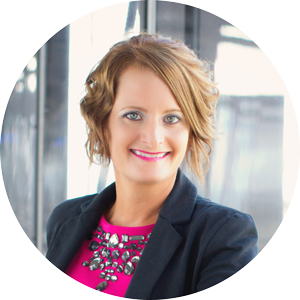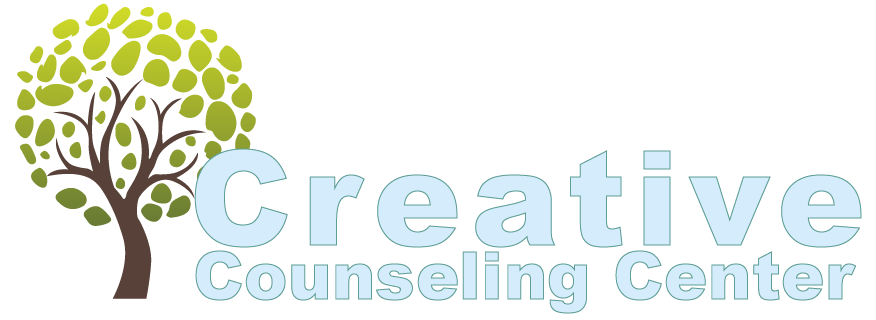Preventing Child Abuse and What You Can Do.
Childhood abuse is truly an epidemic in our society. As parents you have the biggest responsibility that there is…keeping your children safe in world that seems so unpredictable at times. We teach our children all about safety on a regular basis…how to cross the streets safety, how to wear bicycle helmets so why wouldn’t we teach them how to keep their bodies safe.
You have the power to teach your children as early as three-years-old.
Teach them the difference between touches
- Safe touches (i.e. high 5’s, hugs, pat on the back, etc.)
- Unsafe touches (i.e. hitting, kicking, pushing, inappropriately touching private body parts).
It’s important to tell them that a safe touch (i.e. tickling) can sometimes start as a safe touch but lead into unsafe touch if they no longer like it or want to participate in it anymore.
Teach them the medical terms for their body parts (penis, vagina, and bottom) that way they have the words to use to let you know if something is happening. If you feel uncomfortable I suggest using (private body parts). Explain how these are our body parts that are covered by our bathing suits.
Teach them the touching rule:
- No one should touch our private body parts except to keep us clean and healthy.
- Doctors-help keep kids healthy
- Parents/Caregivers-sometimes need to help to keep kids clean
Teach them what to do when someone breaks the touching rule.
1) Say “NO”
2) Run away
3) Tell a grown-up right away
Children like adults learn by repetition so go over these concepts over and over and over again with your child. You can add more details as the get older and are able to understand more about their bodies.
Contact Us
We will get back to you as soon as possible.
Please try again later.

ABOUT THE AUTHOR
Teri Karjala is a Licensed Professional Counselor & Marriage and Family Therapist. She is the founder and Executive Director of Creative Counseling Center, LLC. Working in the field since 1999, Teri and her team of therapists specializes in counseling for those who have experienced trauma. They work with children as young as age 2, as well as teens and adolescents, adults, seniors, families, and couples.
REQUEST A FREE CONSULTATION
If you have questions about counseling, would like to find out if counseling could help you or a loved one, or are interested in learning more about our services, just complete the brief form below to request a Free Phone Consultation. A member of our team will contact you shortly. After a brief conversation, we'll determine together whether our practice is right for you and which therapist may be best suited for your specific circumstance.
Finding the right therapist, one you click with, is less about the therapist's experience and qualifications and more about the therapist's personality. So let's talk. Let us match you with a therapist you have a high likelihood of clicking with.
Fields marked with an * are required.
Contact Us
We will get back to you as soon as possible.
Please try again later.
GET SOCIAL WITH US
CONNECT WITH US
PHONE
EMAIL US
ADDRESS
6021 South Syracuse Way, Suite #216
Greenwood Village, CO 80111
OFFICE HOURS
Monday-Thursday: 8:30am-8pm
Friday: 12pm-5pm
Saturday: 12pm-4pm



